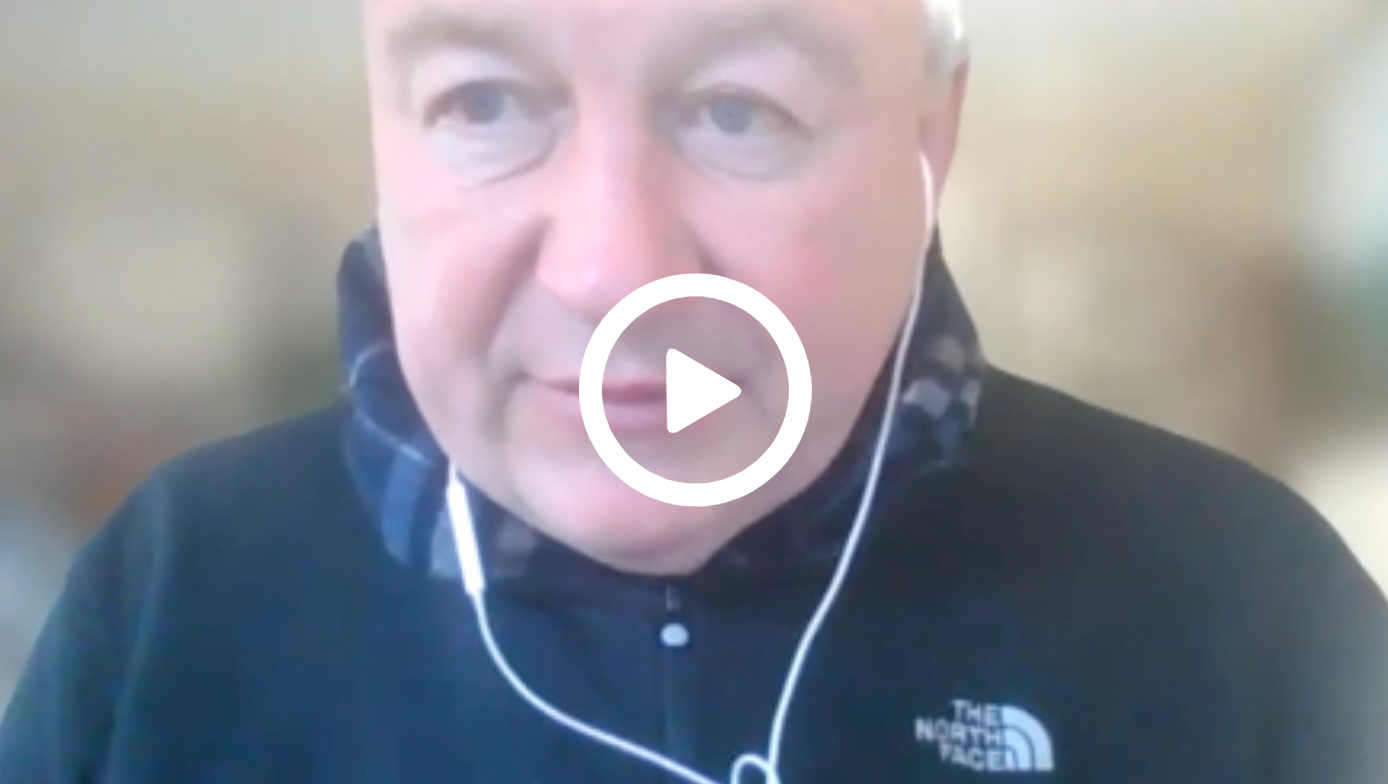
Exciting Studies Making Strides in Multiple Myeloma Research

Paul Richardson, MD, highlights some of the important studies being done in multiple myeloma.
Paul Richardson, MD, director of clinical research at the Jerome Lipper Multiple Myeloma Center at Dana-Farber Cancer Institute in Boston, Massachusetts, RJ Corman professor of medicine at Harvard Medical School, highlights some of the important studies being done in multiple myeloma.
Transcription:
0:09 | This was very exciting. Now obviously, as I mentioned, GRIFFIN [NCT02874742] was underpinning this and the GRIFFIN study provided evidence clearly in our randomized phase 2 setting about the value of the addition of daratumumab [Darzalex] to the triplet platform, especially when I acknowledged my principal investigator of this study who really led the charge as we sponsored this out of the Alliance mechanism, and obviously, it has provided us with a wealth of information, and that has been practicing informing in every way.
0:40 | There have been other important studies done, such as the MASTER trial [NCT03224507], led by Luciano J. Costa, MD, PhD, [which has] similarly shown outstanding results in the same context as well. There have been various efforts by other groups…and what he showed very nicely was an overall response rate of 100%. in high-risk patients, and with the integration of transplant, it essentially showed impressive the rates of [minimal residual disease (MRD)] negativity recognizing this as a single arm, 33 patient study. Now what about MRD negativity without transplant? We can see seminal work from C. Ola Landgren, MD, PhD, in which he was able to achieve a 71% rate of MRD negativity without transplant using [DARA VRd]. I think it was important to share.
1:32 | When we look at the data at the ASH meeting, 1 of the most interesting studies that was presented was the GEM2017FIT study [NCT03742297] by María-Victoria Mateos, MD, PhD. This was looking at a transplant ineligible but fit population. What she showed nicely was that 1 can get excellent and outstanding response rates with the quadruplets and indeed, also, impressive rates of MRD negativity, again, with the addition of daratumumab to the triplet or quadruplet platforms. So this was very important. Now, what about isatuximab [Sarclisa]? Isatuximab is a toxin that was a very important part of the meeting, and it was able to be presented by Francesca Gay, MD, PhD, in the IsKia study [NCT04483739] at the plenary session. But by way of introduction, it is important to note that isatuximab is a distinct anti CD38 antibody. It has important properties that are different from daratumumab, although they are broadly in the same class, and it binds to a different epitope which renders their certain differences, especially in the context of direct cell killing, and also less dependency on complement directed killing.
2:38 | In the context of the IsKia, this was a beautiful presentation at a plenary session on Sunday afternoon. What Francesca elegantly showed was a dramatic improvement in MRD rate in high-risk patients, in fact, a tripling of it with the addition of isatuximab in the randomized prospective setting. So this was an impressive result and warranted for sure plenary status because it shows the new direction, being driven by the addition of antibodies to quadruplets, and transplant platforms. In that same spirit. My colleague presented our SKylaRk [NCT04430894] data, which was obviously on a smaller scale, but this was basically the combination of isatuximab combined with carfilzomib [Kyprolis], lenalidomide, and dexamethasone. This trial was particularly impressive. The GMG group also presented ISA-RVd, and both of these studies showed impressive results in favor of the quadruplets without transplant. I think this is an interesting new direction with transplant differences in the majority. Betsy presented her results on the Monday afternoon and I think these were encouraging data, especially in the absence of having to go to transplant.







































